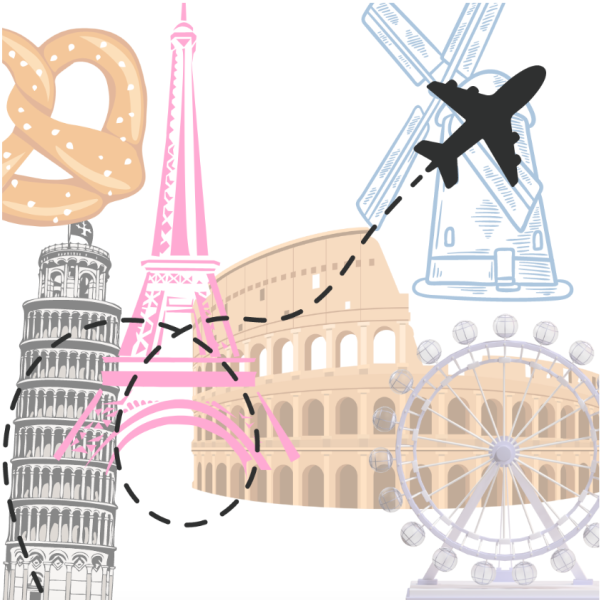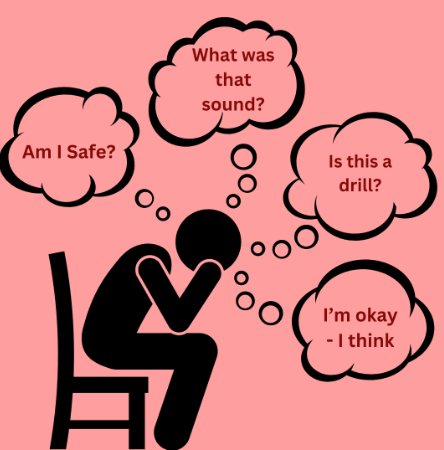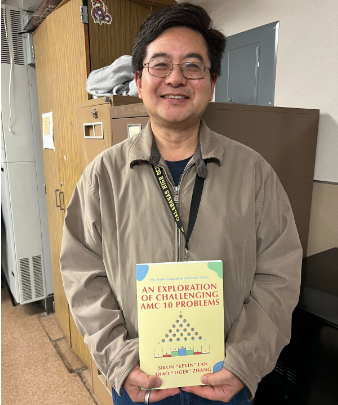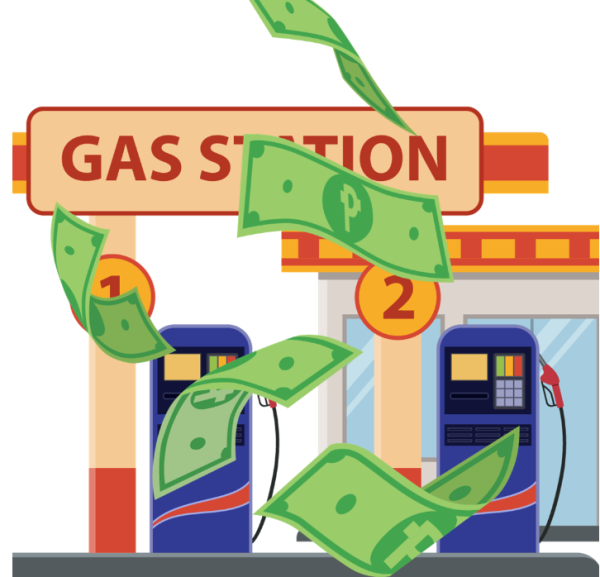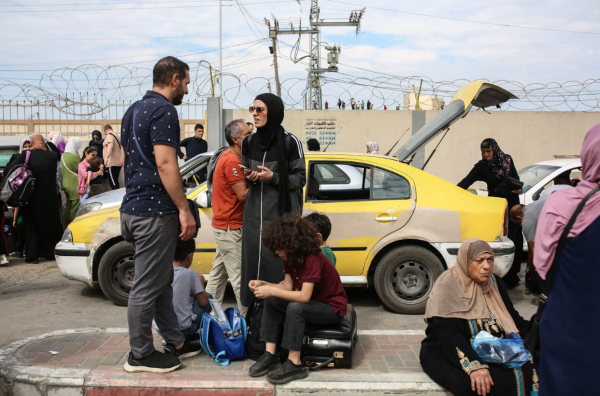Fidel Castro’s death signifies the end of an era in Cuban history
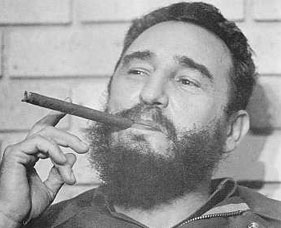
On Nov. 25, 2016, a legacy died. Fidel Castro had served as Prime Minister for 17 years and the President of Cuba for 32 years. Fidel Castro overthrew the military dictatorship of Fulgencio Batista. In doing so, Castro established the first communist state in the Western Hemisphere. However, Castro was no saint. He has killed many of his own people to attain his power in Cuba.
Fidel Castro started his reign in Cuba by forcing Fulgencio Batista out of power. Batista was a military veteran and outnumbered Castro, however when Batista put Operation Verano in a effect, bombarding forests, his troops were caught off guard by Castro’s guerilla warfare. Many of Batista’s soldiers tuned in him and joined Castro. Batista was forced into exile on Dec. 31, 1958. On Feb. 16, 1959, Castro was elected Prime minister of Cuba. For a majority of his tenure, both as Prime Minister and President, he ruled by decree. He was unchallenged when creating laws. Many suspected that Castro was a communist due to how he ran Cuba, though he denied being one. Castro had visited the United states shortly after and met with vice president, Richard Nixon, whom he disliked. In March, 1960, the explosion of a French vessel, the Le Coubre, in a Havana harbor angered Castro. The ship carried weapons purchased from Belgium. Castro publicly insinuated that the U.S. government was guilty of sabotage, however the cause of the explosion was never determined. This was the first of many disputes the U.S had with Cuba during Castro’s reign. The other disputes included Bay of Pigs and the Cuban Missile Crises.
Castro was watched over by the FBI for years due to trades with Russia. These problems forced the U.S to put a trade embargo in place in 1960. This did not change people’s opinion of Castro, as he provided for full employment and advanced the causes of education and health care, in part by building new schools and medical facilities. But Castro did however, close down opposition newspapers, jail thousands of political opponents and put a ban on elections. This caused a mass migration of Cubans to the US but not without difficulty. On Jul. 13, 1994 a group of 72 Cubans boarded a state-owned tugboat, 13 de Marzo with the intent to navigate it to freedom. Within minutes the vessel was under attack by other state-owned tugboats. By the time the incident was over 41 Cubans were dead. 10 of them were children.
Castro continued to rule the same way for the next 40 years. In 2006, he underwent surgery for his intestinal bleeding and passed on the duties to his brother Raul Castro.
As Castro’s health continued to deteriorate, he fully resigned as president of Cuba after 49 years. His brother Raul took his place permanently. Following his resignation, he still took part in Cuban society by talking to people in the cities and voicing his political opinions on the Internet.
In recent years, President Obama has tried to improve Cuban-American relations. In 2015, he lifted a 40 year trade embargo. With Raul in power, this international relationship will continue to develop.
When one door closes, another one opens. While his brother may be gone, one can assume that Raul will continue Castro’s legacy in years to come.
Your donation will support the student journalists of Calabasas High School. Your contribution will allow us to purchase equipment and cover our annual website hosting costs.



